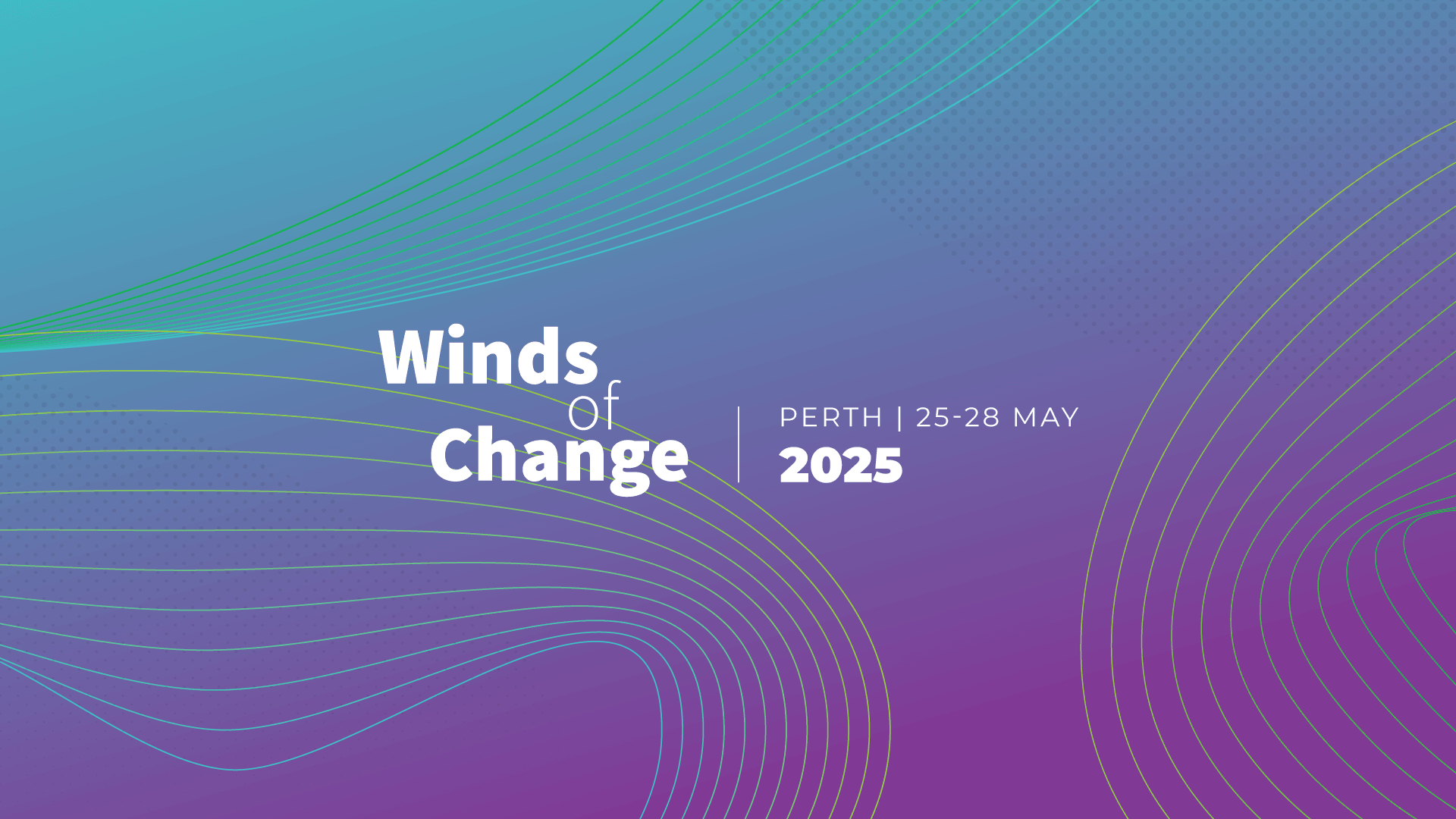
Enhancing Digital Inclusivity in Higher Education: Using Short Instructional Videos to Support Student Success
May 28 2025, 11:50 - 12:05 (AWST)

In a world increasingly filled with AI-driven tools and complex digital features, it is crucial to remember the basics of effective instructional design. For higher education to meet diverse learning needs, providing resources in multiple formats remains foundational for digital accessibility and inclusivity. Cognitive Load Theory (CLT) emphasises that well-structured, concise materials are essential in reducing cognitive overload—especially when students are introduced to new technology. This presentation shares insights from a case study at our institution, where written instructions for a new learning tool initially left 34 out of 473 students requiring additional support.
To simplify this experience, we produced a short (2:32) instructional video that directly walked students through each step. Automatic transcripts were added to enhance accessibility. Following the video’s release, all students successfully completed the activity, with video analytics showing strong engagement: 306 unique views, 551 total plays, and an average play-through time of 1:57. Research by Fyfield et al. (2019) supports this approach, indicating that short, focused videos empower students by enabling control over playback and aiding comprehension without adding unnecessary cognitive demands.
Encouraged by this success, we are now expanding this foundational video support across our college. By focusing on clear, user-friendly instructional videos, enhanced with accessible features where needed, we aim to provide equitable digital support. This presentation will explore how practical, minimalist video design can complement today’s advanced tools, fostering a more inclusive and accessible learning environment in higher education.
THETA acknowledges the Traditional Owners of the lands where we live, learn and work. We pay our respects to Elders past and present and celebrate the stories, culture and traditions of all First Nations people.
